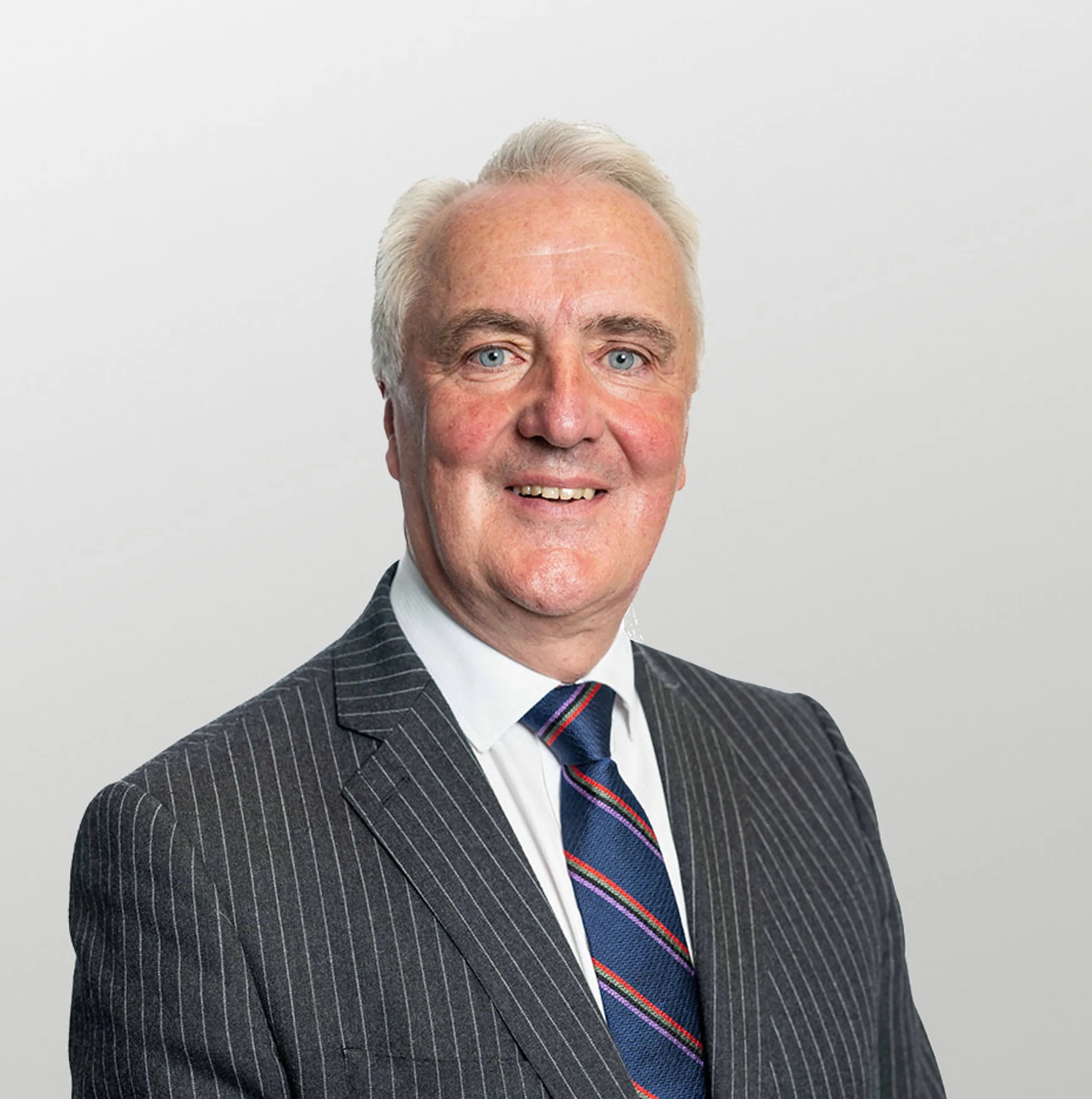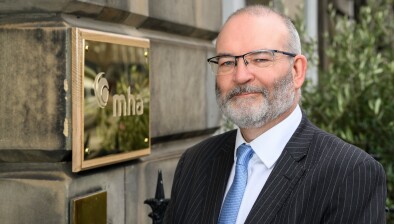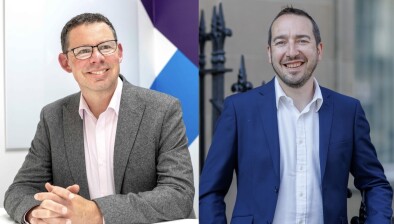Michael Reid: Liquidation – no cash for me because HMRC and the bank take it all!

Michael Reid
Insolvency practitioner Michael Reid provides an overview of the financial implications for unsecured creditors during a company’s liquidation process, highlighting the changes in legislation that have influenced the distribution of assets and the potential for creditors to receive dividend payments.
When a company is liquidated, the general presumption in the minds of most unsecured creditors, for example, trade suppliers, utility companies and councils, is that, other than payments to former employees for unpaid salaries etc, HMRC and the bank will receive all of the cash available from the liquidator’s efforts in recovering / selling assets.
When a company borrows money, typically from a bank, it is usual for a floating charge to be granted in favour of the lender. This is unlike a standard security because it does not relate to any specific assets but to all moveable assets (cars, book debts, equipment etc) owned by the company.
It is only when there is an event which crystalises the floating charge, for example, the appointment of a liquidator, that such charge seeks to preserve the value of moveable assets for the benefit of the holder, i.e., whatever assets are held by the company at time of liquidation that are not subject to any other specific security such as a mortgage over a building.
In reality, anyone can hold a floating charge in respect of monies advanced to a company, for example, a parent advancing cash to a child to help start a business, but normally it is a bank. Prior to September 2003, insolvency legislation tended to result in a dividend being paid to the bank after certain preferred creditors had been settled: former employees and HMRC for VAT (last six months up to date of liquidation) and PAYE/NIC (last 12 months). Creditors knew this and tended to expect nothing when notice of liquidation was received.
However, after September 2003, the position changed because the preference afforded to HMRC was removed completely and further, rather than the bank receiving all of the cash under their floating charge, the introduction of the “prescribed part” meant that unsecured creditors, could anticipate a dividend payment. Good news … unless you were HMRC or the bank.
The prescribed part rules mean that the liquidator ring-fences 50% of the first £10,000 of asset realisations, plus 20% of anything thereafter subject to a maximum of £800,000, and makes such money available for a dividend to unsecured creditors.
For example, if a company is in liquidation and the liquidator holds £200,000 after paying preferential and secured creditors, rather than everything being paid to the bank under its floating charge, £43,000 would be available to share among unsecured creditors. The figure of £43,000 is calculated as 50% of the first £10,000, plus 20% of the balance i.e., £200,000 less £10,000 = £190,000 x 20% equals £38,000.
While the sum might not be huge in relation to the total cash available, dividend prospects for unsecured creditors were demonstrably better than before.
However, as the years rolled by, HMRC began to witness a much smaller financial return from a liquidation which, as a creditor with no ability to recover goods and reliant upon a company to pay VAT / PAYE / NIC within the normal credit terms, was seen by them as unfair.
Accordingly, and perhaps due to their influence as a government body, the law was changed back in their favour. Thus, from 1 December 2020, all VAT, PAYE and employee NIC became preferential without limit. Unsurprisingly, this reduced the bank’s dividend level as it fell down the pecking order, thereby further diminishing the prospects for creditors.
It is hard to think of a liquidation where HMRC are not due VAT and / or PAYE and thus, unsecured creditors once again found themselves in a situation where resigned acceptance of a total write-off replaced the faint hope of sharing in some of the liquidation proceeds. Back to the bottom of the heap!
There are occasions where unsecured creditors lose interest and do not advise the liquidator of a change of address. When this happens and a dividend is being paid, the liquidator will try to find a creditor but if this proves unsuccessful, the monies are consigned to a State fund. The cash will sit there until either a creditor runs a check with the fund to see if there is anything held for them, or seven years elapse after which time the cash is passed to the Exchequer.
In terms of protecting the potential financial recovery available when formal insolvency occurs, unsecured creditors should take an interest when a company is liquidated, e.g., by reading the liquidator’s initial report and asking questions.
Asset realisations may be more favourable than estimated e.g., book debt recoveries. Indeed, until the final HMRC position is known, e.g., a VAT liability may only be an estimate at first because the company had been dilatory in submitting VAT returns and the liquidator has to prepare / submit accurate figures, all hope of a dividend should not be extinguished.
In summary, while many unsecured creditors can be forgiven for taking the view that there is no prospect of a dividend when a company is liquidated, it makes sense to ask the liquidator for updates in the first 12 months or so because that tends to be the period during which the financial position becomes clearer and hence, dividend prospects are known.
Don’t give up too soon.

Michael Reid is a licensed insolvency practitioner and partner of Aberdeen-based accountancy firm MHA






